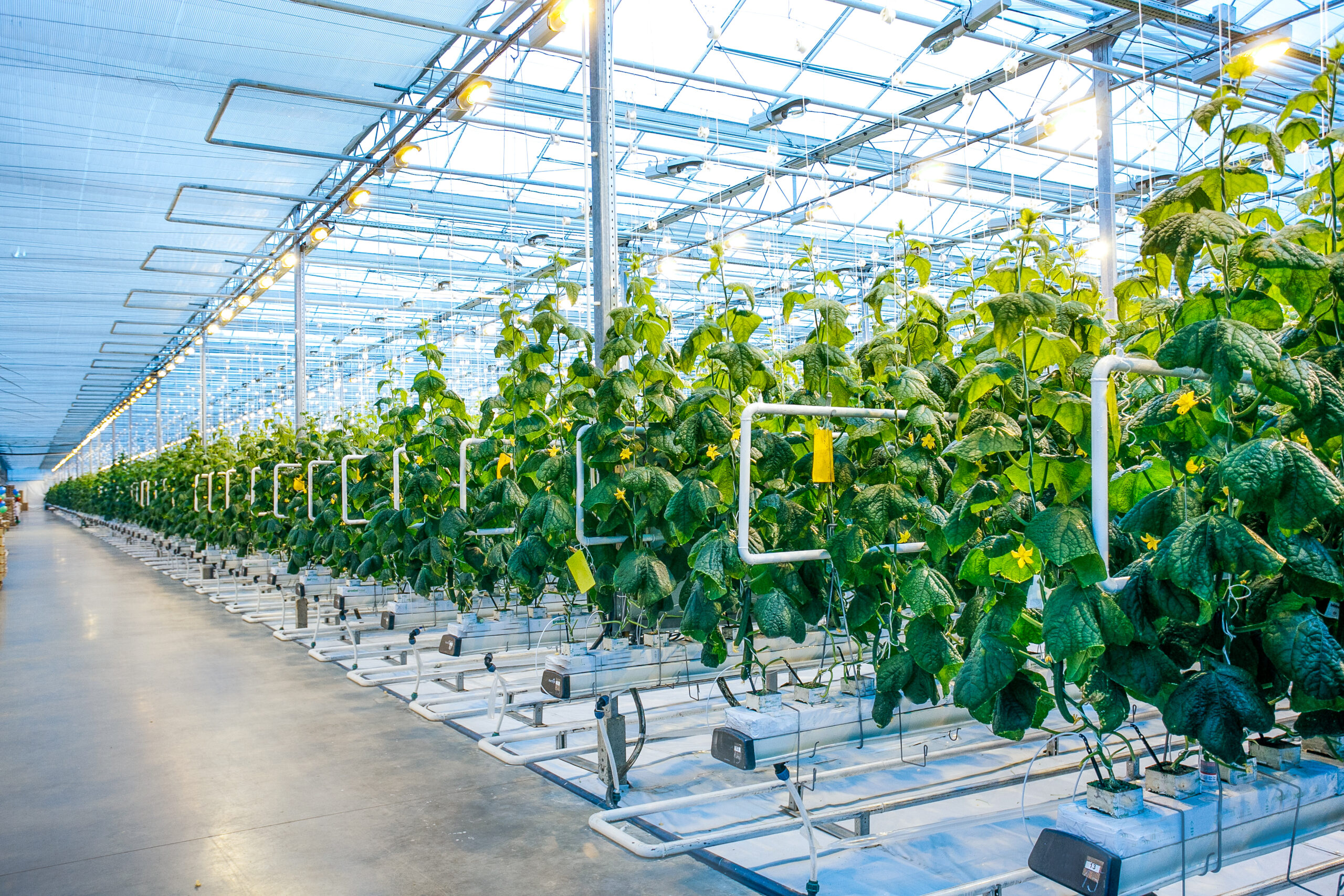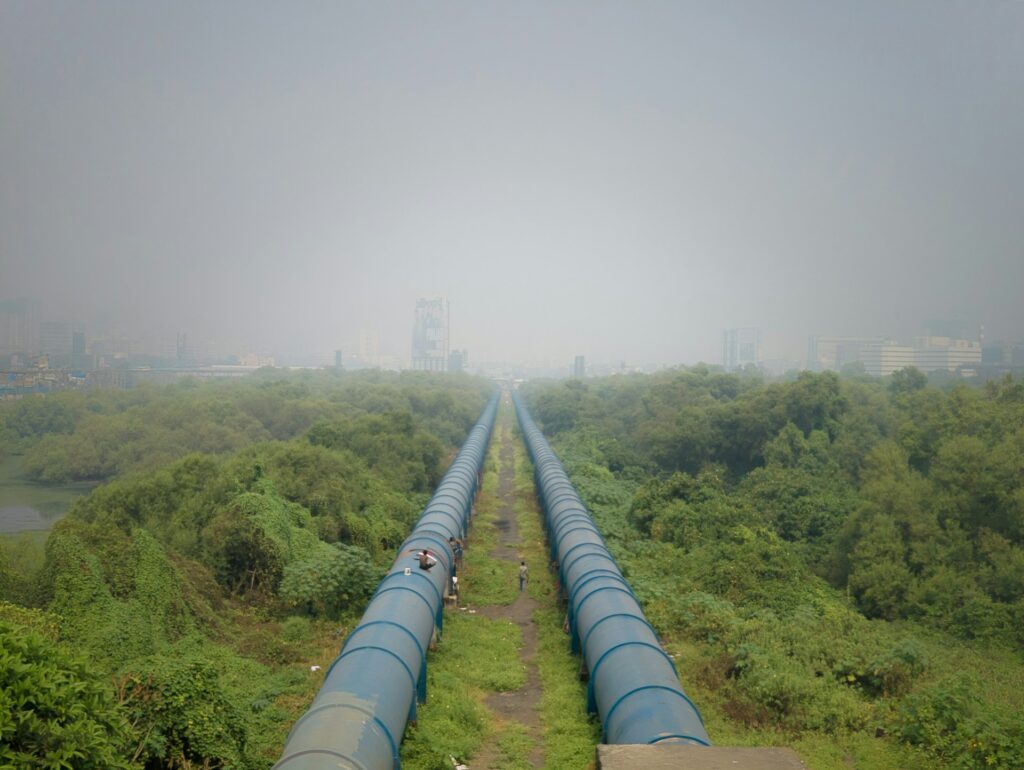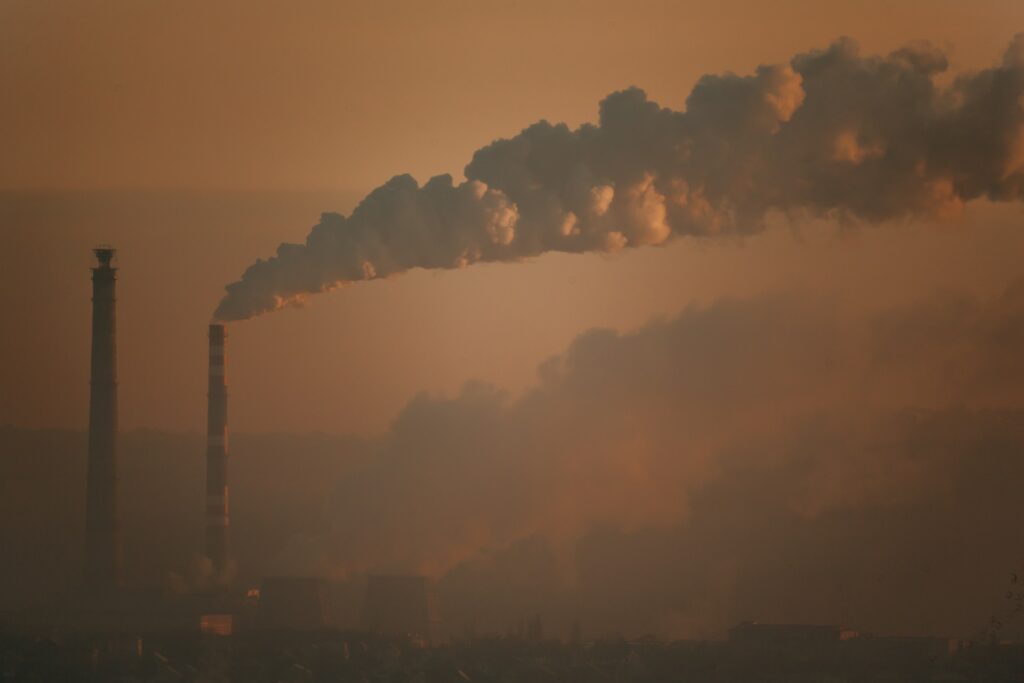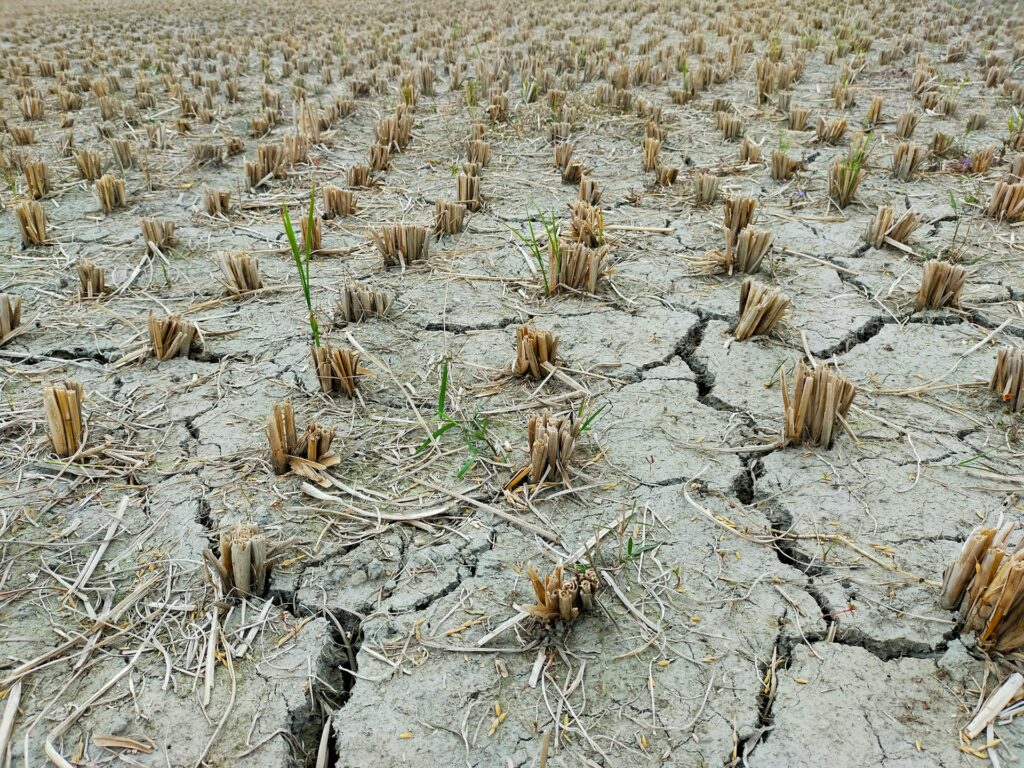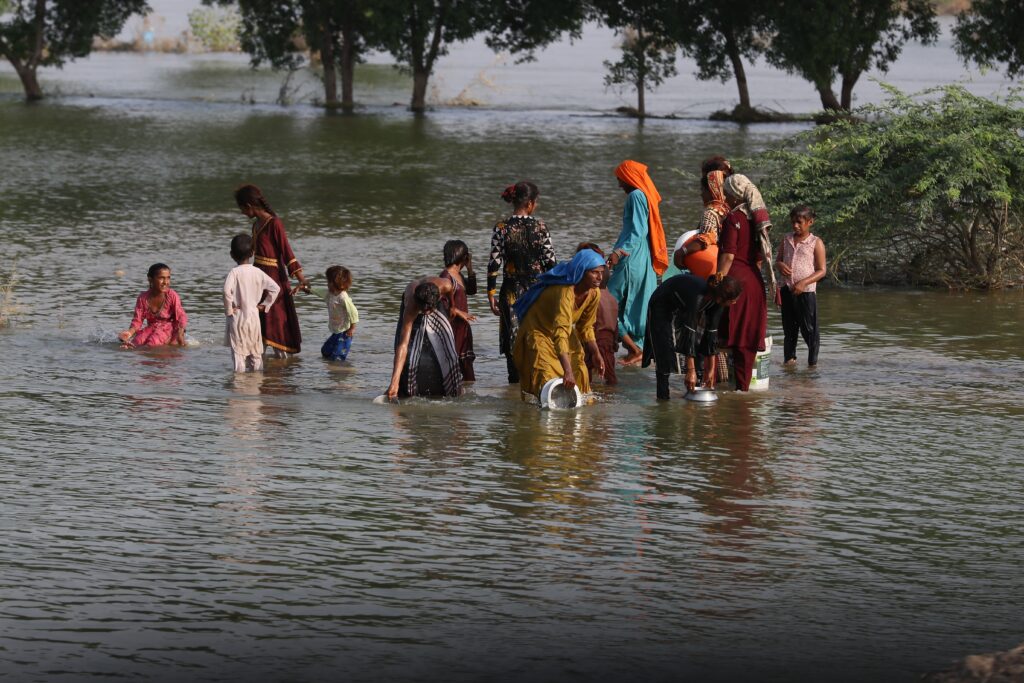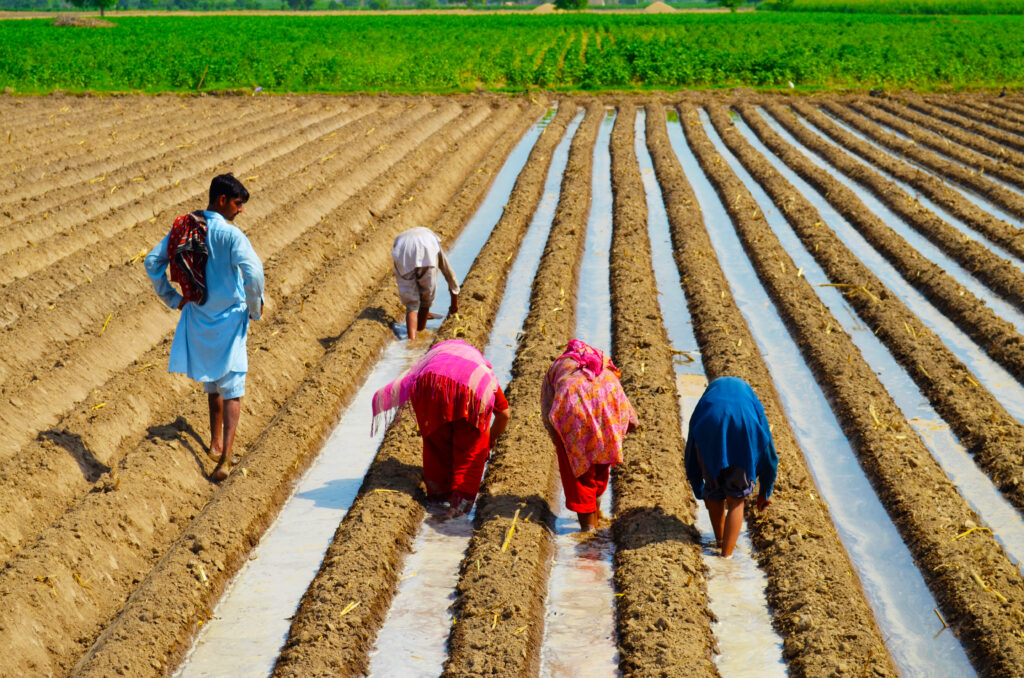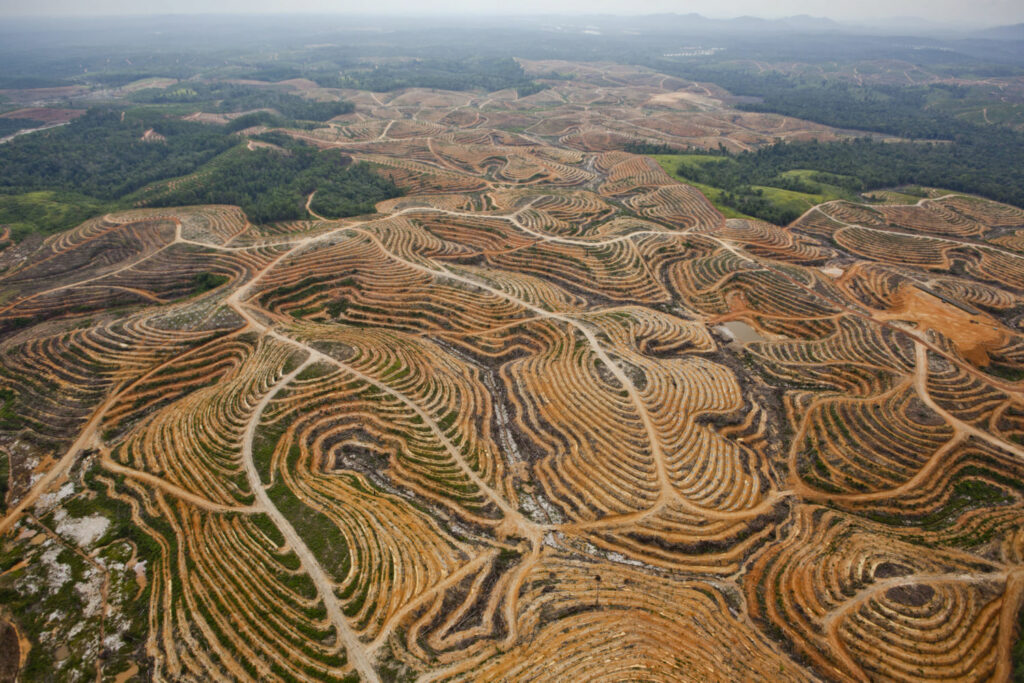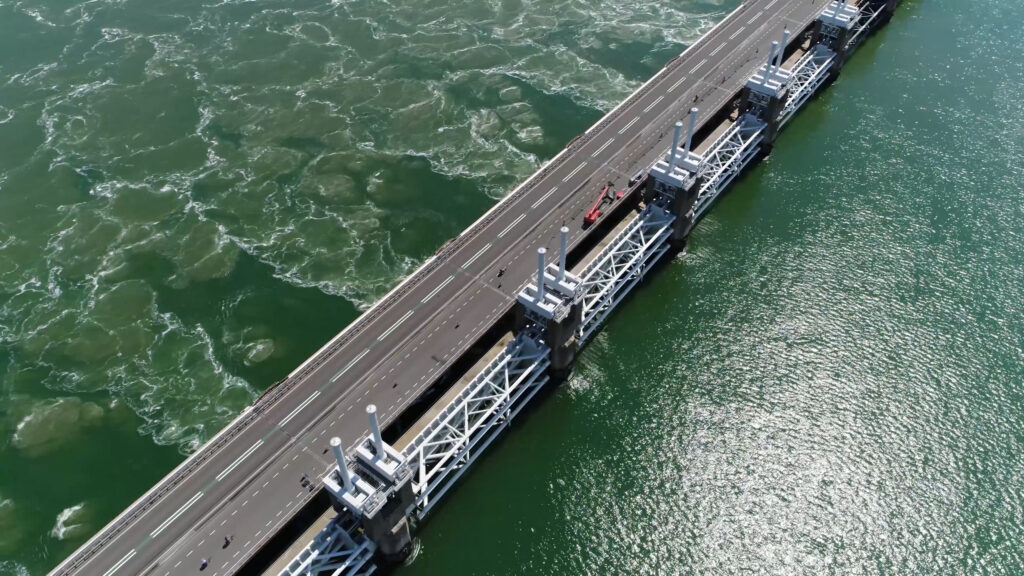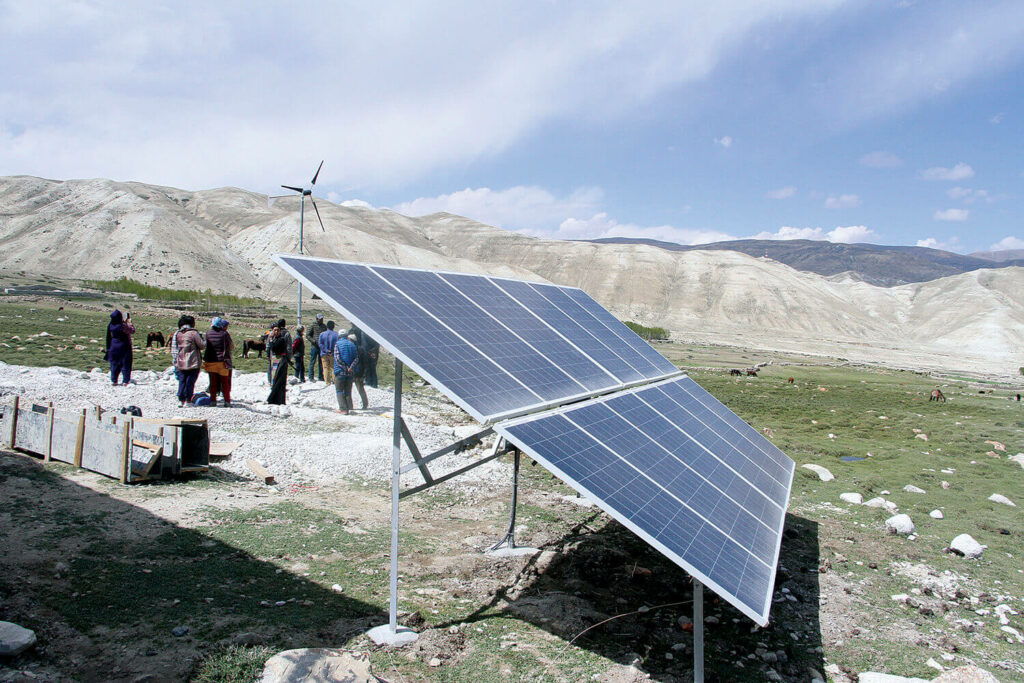Climate change already brings about less predictable and more extreme weather conditions, severely impacting the environment, economy and society. As a result, there is an increasing need for, and interest in, adaptation strategies that help societies become resilient to the effects of climate change. Climate change adaptation technologies are one way that communities are doing this.
Technology has seen rapid growth since the 1990s, with the rise of personal computers, artificial intelligence and widespread internet access, to name a few. As a result, climate change adaptation technologies are evolving rapidly, and the market is expanding. Climate technology is expected to grow at an annual rate of 24% and be a USD 147.5 billion market by 2032.
Examples of Climate Adaptation Technologies
Technology is evolving rapidly on a conceptual and product development level. While physical technology is important, the internet and various software programs are opening new avenues in the climate tech space. Some examples of climate adaptation technologies are mentioned below.
1. The Internet of Things (IoT), Monitoring and Control
IoT technology is being deployed at speed to monitor and manage the use of resources and provide early warnings for climate risks.
For example, IoT can play a crucial role in irrigating crops. Sensors measure the moisture content in the soil, transmit the data to a cloud-based platform, analyse the data, provide insights and trigger actions, such as turning on irrigation. This enables more efficient use of water, electricity and other inputs, such as fertilisers.
Furthermore, IoT provides early warning for climate risks by helping farmers take action to protect crops and livestock or to make decisions about when to harvest a crop.
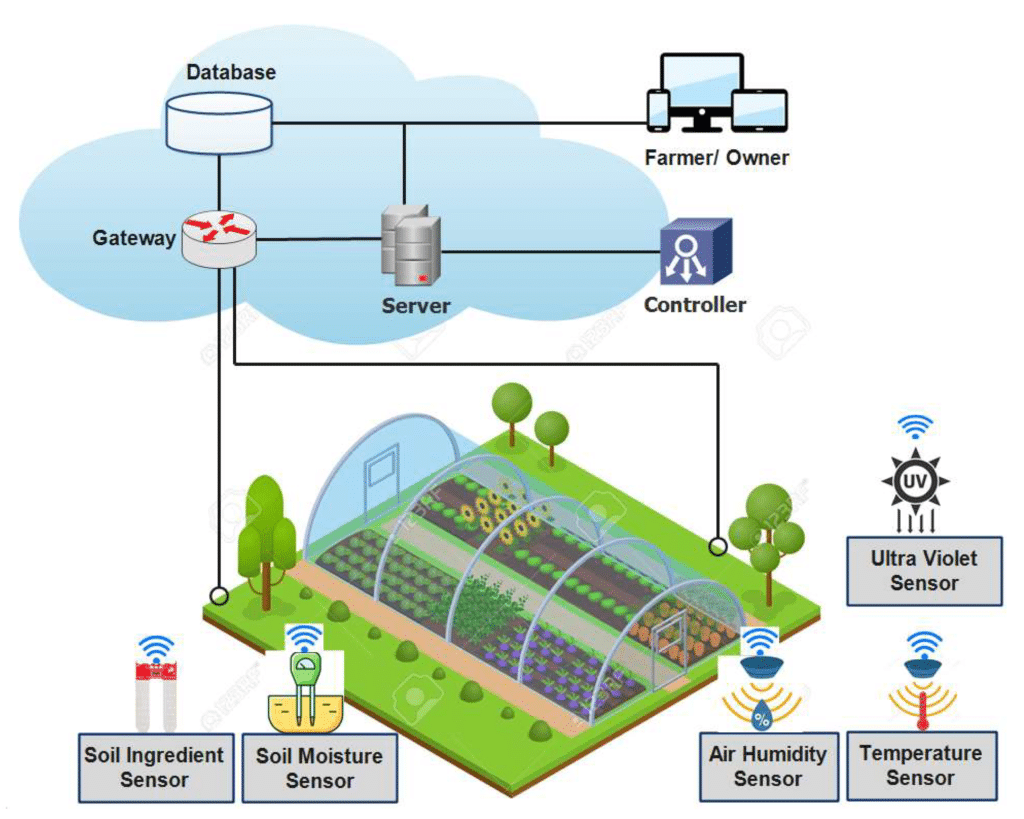
IoT technologies can transform the agriculture industry by making it more efficient, sustainable and resilient. By leveraging the power of IoT, farmers can optimise their use of resources, minimise waste and make informed decisions. As IoT continues to evolve, we can expect to see even more innovation, solutions and applications that will enable us to address some of the most pressing challenges facing our planet.
2. Google Flood Hub
Google Flood Hub is a platform that uses machine learning to provide comprehensive information on floods, including the causes, impacts and measures to prevent them.
It aims to be a one-stop shop for people in flood-prone areas, and it is accessible through any device that can connect to the internet. Furthermore, it provides news and information on floods and links to resources, such as emergency services and relief organisations.
Public information systems, like Flood Hub, are critical as the world experiences more common and severe weather events, especially in developing countries. Providing warnings before extreme weather events and resources after events will help limit the loss of life and property.
3. AI Prediction of Extreme Weather Events
Artificial Intelligence (AI) has the potential to revolutionise the way we predict and prepare for natural disasters. AI models can analyse vast amounts of data to project future scenarios for long-term events, like regionalised sea-level rise. This helps policy-makers and communities plan for the impact of these future events. Adapting to climate change should be a priority.
In the case of immediate, extreme events like hurricanes, AI can provide real-time insights into the storm’s trajectory, intensity and potential impact. This helps emergency responders and relief organisations make data-driven decisions and allocate resources more effectively. AI-powered predictive models can also help identify areas at greater risk of damage, enabling proactive evacuation and targeted preparedness measures.
Examples of Climate-resilient Technology
Climate-resilient technology makes communities physically more resilient to the impacts of climate change. One of the leading threats is extreme weather, which will likely overwhelm existing infrastructure and agricultural systems. Applying physical changes to these categories can make them more resilient to these extreme events.
For example, floating communities are designed to withstand flooding and other climate-related hazards. The development of floating communities is an innovative idea that has the potential to revolutionise urban planning and development in low-lying countries. Here are some top climate-resilient technology examples that can bring climate resilience.
Resilient Agriculture
In recent years, climate change has posed a significant threat to agricultural productivity in India, particularly in the state of Odisha. In response, adopting climate-resilient practices and technologies has become crucial for the survival of smallholder farmers.
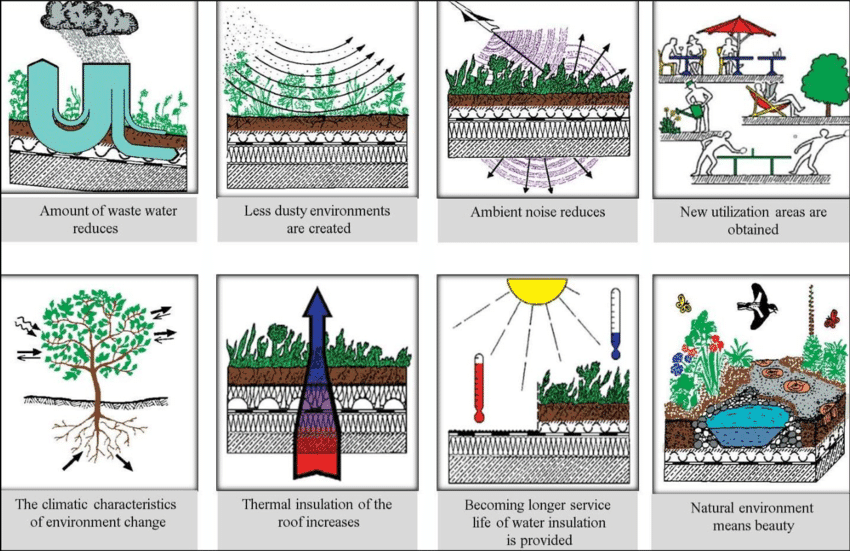
These practices include using drought-resistant crops, improved irrigation systems and soil health management. By embracing these techniques, farmers can mitigate the impact of extreme weather events and adapt to changing climatic conditions. This, in turn, can enhance crop yields and increase farmers’ incomes, reducing their vulnerability to climate change-induced shocks.
Resilient Construction
With the help of advanced technologies, architects and builders can create structures that are aesthetically pleasing but also sustainable and energy-efficient.
For instance, green roofs are increasingly deployed as both a climate adaptation and mitigation technology. Green roofs slow the rain-to-drain transition, reducing the risk of city flooding. Furthermore, green roofs provide the potential for rainwater harvesting and reduce the heat island effect.
Another structural technology is the use of durable materials and innovative construction designs. By leveraging technology in building design and construction, it is possible to create adaptive and resilient structures to withstand changing climate conditions.
We Need Technology to Meet Mitigation and Adaptation Targets
Climate change adaptation technologies and climate-resilient technologies are already present in most parts of society. However, this will continue to expand in the next several decades, supported by international organisations and governments. The United Nations notes that technology is critical for reducing carbon emissions and meeting the 2030 and 2050 climate goals.
Eric Koons
Writer, United States
Eric is a passionate environmental advocate that believes renewable energy is a key piece in meeting the world’s growing energy demands. He received an environmental science degree from the University of California and has worked to promote environmentally and socially sustainable practices since. Eric has worked with leading environmental organisations, such as World Resources Institute and Hitachi ABB Power Grids.
Eric is a passionate environmental advocate that believes renewable energy is a key piece in meeting the world’s growing energy demands. He received an environmental science degree from the University of California and has worked to promote environmentally and socially sustainable practices since. Eric has worked with leading environmental organisations, such as World Resources Institute and Hitachi ABB Power Grids.

